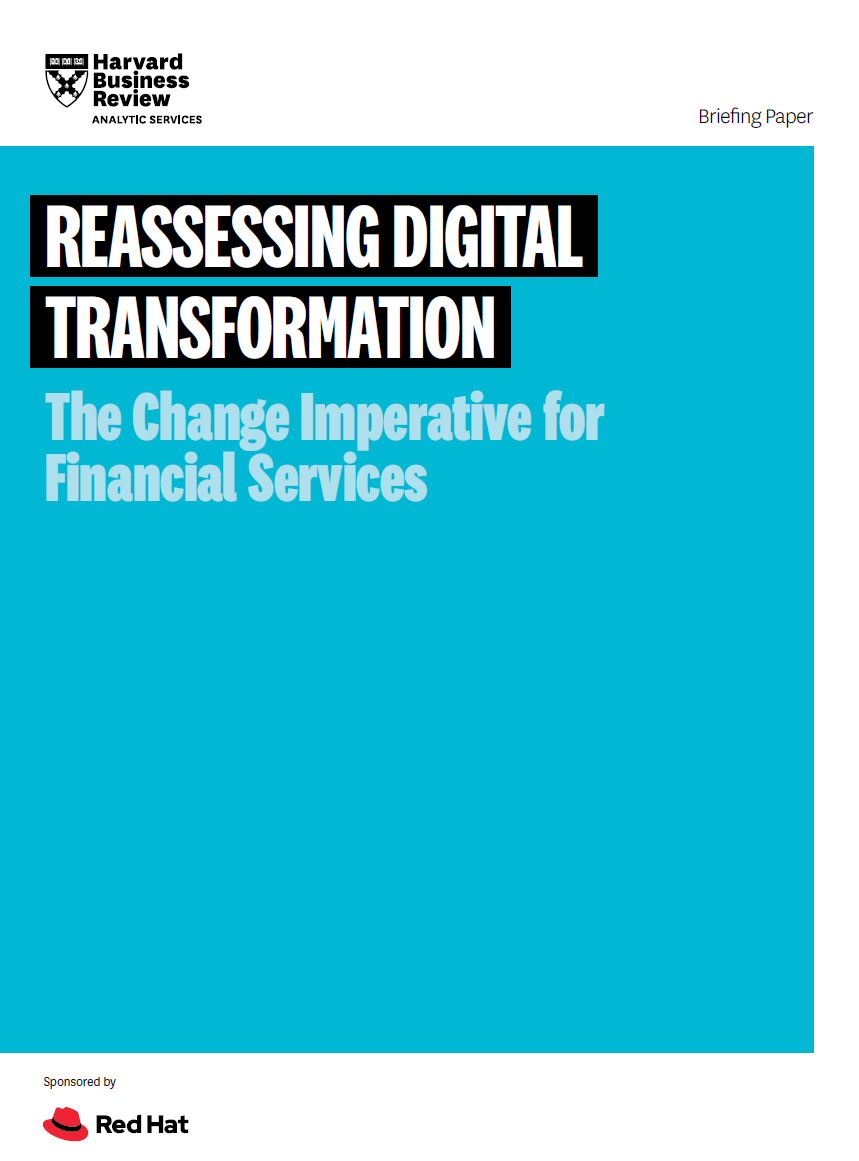Oracle provides midsize banks with big-bank money-laundering protection
New Oracle offering helps keep midsize banks compliant with anti-money-laundering regulations

Fintech company Oracle Financial Services announced a new cloud service to help midsize banks fight money laundering and other financial criminal endeavors. The new product, called Oracle Financial Crime and Compliance Management Cloud Service, is a suite of cloud-based anti-money-laundering (AML) applications designed specifically to help midsize banks combat illegal activity.
Oracle has worked with big banks for two decades to help them find solutions to battle money laundering and other financial crimes. Now, this new suite powers the full AML lifecycle for smaller banks. This allows the institutions to streamline their compliance activities and costs, and identify suspicious customer behavior to stop criminal activity.
"With criminals getting increasingly sophisticated, mid-sized banks struggle to keep pace with the complexity and cost of fighting financial crime," said Sonny Singh, executive vice president and general manager at Oracle Financial Services. "We're leveling the playing field by bringing the same modern crime detection and reporting capabilities afforded to larger institutions to mid-sized banks in a package that suits their unique requirements and cost structures."
The AML application suite delivers the following capabilities:
- An extensive catalog of regulator-accepted AML scenarios developed over years of working with the largest, most complex banks
- Built-in tools for custom scenario design, analysis, threshold simulation and tuning
- A centralized, 360-degree view of customers and events
- Out-of-the-box regulatory reporting templates to help comply with requirements across key global jurisdictions
- The ability to easily scale and configure to support new products
RELATED RESOURCE

Oracle Financial Crime and Compliance Management Cloud Service are available immediately in North America and Western Europe, with more regions coming soon.
Sign up today and you will receive a free copy of our Future Focus 2025 report - the leading guidance on AI, cybersecurity and other IT challenges as per 700+ senior executives
-
 Trump's AI executive order could leave US in a 'regulatory vacuum'
Trump's AI executive order could leave US in a 'regulatory vacuum'News Citing a "patchwork of 50 different regulatory regimes" and "ideological bias", President Trump wants rules to be set at a federal level
-
 TPUs: Google's home advantage
TPUs: Google's home advantageITPro Podcast How does TPU v7 stack up against Nvidia's latest chips – and can Google scale AI using only its own supply?
-
 European financial firms are battling a huge rise in third-party breaches
European financial firms are battling a huge rise in third-party breachesNews Growing vendor dependency has contributed to a marked rise in third-party breaches
-
 Modern payment systems: An effective way to reduce your attack surface
Modern payment systems: An effective way to reduce your attack surfaceEmbracing modern payment methods can eliminate many of the vulnerabilities associated with the last 20 years of online payments
-
 A journey to cyber resilience
A journey to cyber resiliencewhitepaper DORA: Ushering in a new era of cyber security
-
 A new framework for third-party risk in the European Union
A new framework for third-party risk in the European Unionwhitepaper Report: DORA and cyber risk
-
 First known open-source software attacks on banking sector could kickstart long-running trend
First known open-source software attacks on banking sector could kickstart long-running trendNews Researchers at Checkmarx predict a “steady escalation” in targeted attacks
-
 Play ransomware gang says it's behind attack on major Spanish bank
Play ransomware gang says it's behind attack on major Spanish bankNews The Globalcaja incident marks the latest in a string of highly disruptive attacks waged by the Play ransomware group
-
 Block accused of woefully mishandling data breach affecting 8.2 million users
Block accused of woefully mishandling data breach affecting 8.2 million usersNews Class-action lawsuit claims the company took too long to inform customers and failed to provide a sufficient explanation for the breach
-
 Cyber incidents targeting UK financial services providers surged in 2021
Cyber incidents targeting UK financial services providers surged in 2021News A fifth of incidents reported to the Financial Conduct Authority involved ransomware